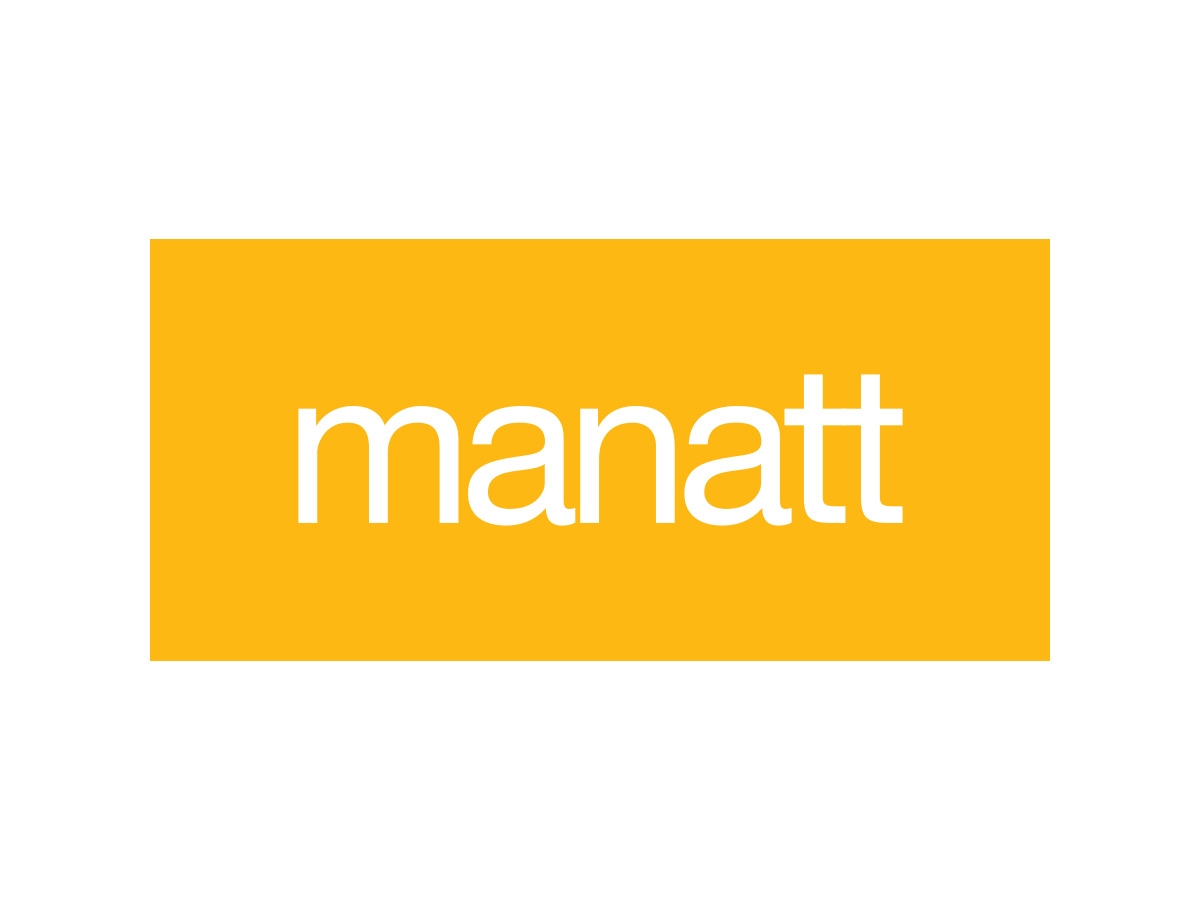UCB, Inc. v. Annora Pharma Priv. Ltd. – Briviact® (Brivaracetam) | Robins Kaplan LLP
Case Name: UCB, Inc. v. Annora Pharma Priv. Ltd., Civ. No. 20-987-CFC, 2023 WL 5274566 (D. Del. Aug. 16, 2023) (Connolly, J.)
Drug Product and Patent(s)-in-Suit: Briviact® (brivaracetam); U.S. Patent No. 6,911,461 (“the ’461 patent”)
Nature of the Case and Issue(s) Presented: UCB sued Annora, Apotex, and MSN, alleging that their ANDAs infringe one claim of one patent. The asserted claim described the compound brivaracetam, used to treat partial-onset seizures in epilepsy patients. Defendants did not dispute that they infringe the asserted claim; they mounted a lone obviousness defense. After a bench trial, the court issued findings of facts and conclusions of law finding the asserted claim infringed and not invalid.
Why UCB Prevailed: The court’s analysis began with a simple premise: “[i]t is undisputed that brivaracetam is an analogue of the compound levetiracetam, a predecessor compound patented by UCB in 1987 and approved by the FDA in 1999 for the treatment of epilepsy-related seizures.” The compounds share the same chemical formula in all but one respect: brivaracetam has a propyl group at the 4-position of the pyrrolidine ring. So went Defendants’ obviousness argument: it would have been obvious to a skilled artisan to select levetiracetam as a lead compound from which to develop new anti-seizure drugs and to modify levetiracetam by increasing its lipophilicity with the addition of a propyl group to the 4-position of its pyrrolidine ring.
At trial, UCB argued that a skilled artisan would not have started with levetiracetam when looking to develop a new anti-seizure drug. But despite its trial argument, post-trial, UCB stipulated that it would not challenge Defendants’ assertion that a skilled aritsan would have chosen levetiracetam as a lead compound “for further development efforts.” (The court seemed puzzled by the concession.) As a result of UCB’s concession, the court decided only one issue: whether it would have been obvious to modify levetiracetam by increasing its lipophilicity with the addition of a propyl group to the 4‑position of its pyrrolidine ring.
Ultimately, the court determined that Defendants did not carry their burden in proving a reasonable expectation of success in modifying a compound to increase lipophilicity to increase antiepileptic activity. As part of that conclusion, the court found that a skilled artisan would not have been motivated to improve levetiracetam’s brain uptake, because levetiracetam was already a successful central nervous system drug and increasing brain uptake would risk increasing its side effects. Further, a skilled artisan would not have thought to increase levetiracetam’s lipophilicity. And even if a skilled artisan were motivated to focus on lipophilicity, in view of the prior art, Defendants could not show that a skilled artisan would have been motivated to modify levetiracetam at the 4-position of the pyrrolidine ring.






